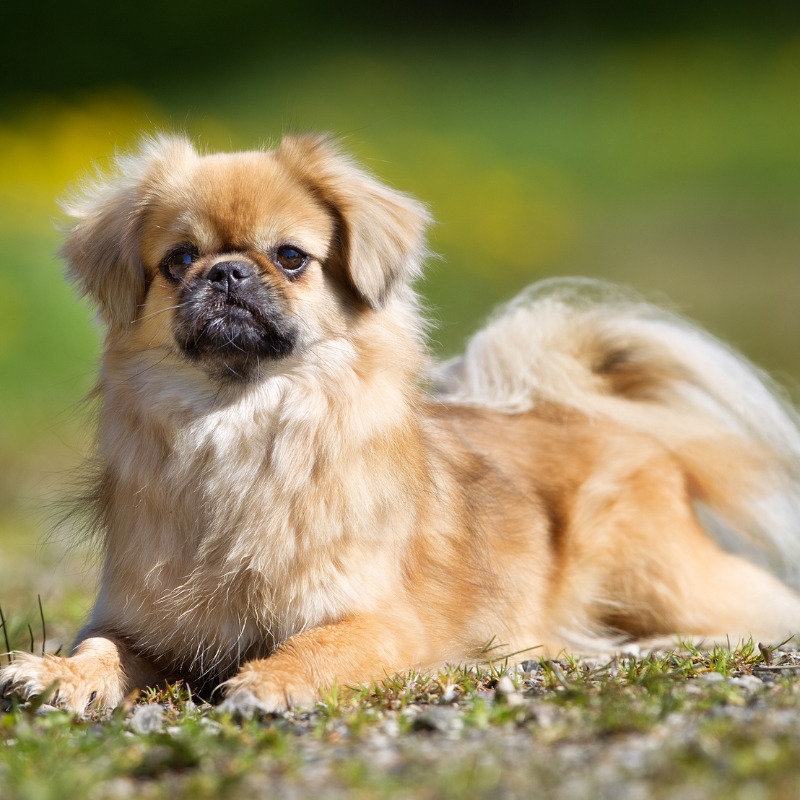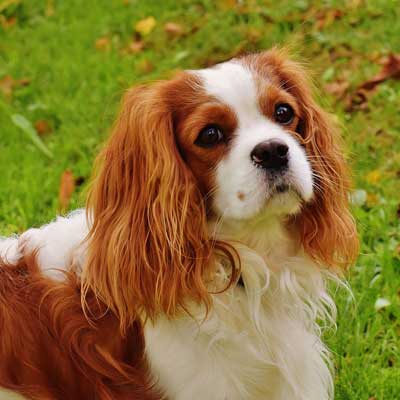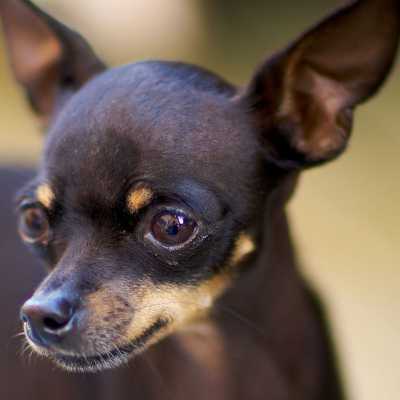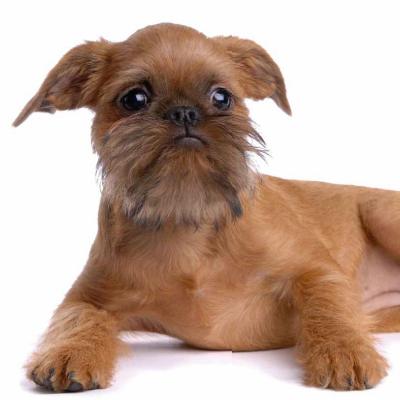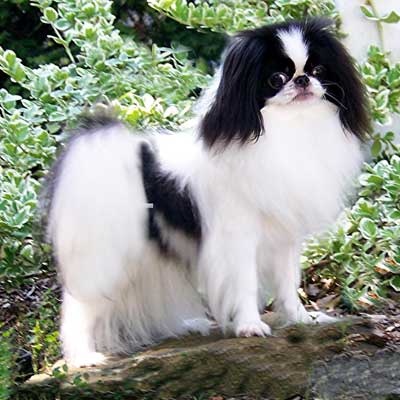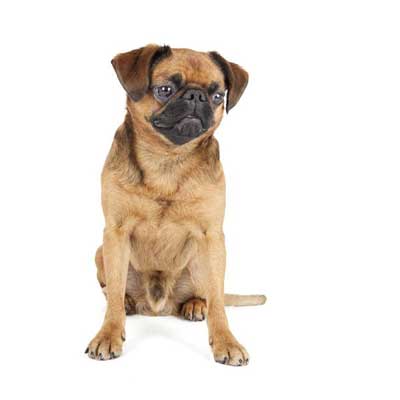Tibetan Spaniel
Un piccolo e attento cane da guardia, sempre vigile e dalla ottima salute
-
Testa
piccola se proporzionata al corpo, portata fieramente.
Mascolina nei maschi, ma senza essere pesante. -
Testa - regione del cranio
Cranio: leggermente bombato, di moderata larghezza e lunghezza
Stop: leggero ma definito -
Testa - regione del muso
Tartufo: preferibilmente nero
Muso: di media lunghezza. Smussato ma pieno, senza rughe. Il mento piuttosto profondo e largo.
Mascelle/Denti: leggero prognatismo. Denti regolarmente allineati e la mascella inferiore ampia fra i canini. Si desidera una dentatura completa. Denti e lingua non visibili quando la bocca è chiusa.
Occhi: marrone scuro, ovali, brillanti ed espressivi, di media misura, ben distanziati ma che guardano diritti in avanti. Bordi delle palpebre neri.
Orecchi: di media misura, pendenti, negli adulti ricchi di frange, inseriti piuttosto alti. Si desiderano leggermente sollevati dal cranio, ma non svolazzanti.
Gli orecchi larghi, pesanti e inseriti bassi non sono tipici -
Collo
moderatamente corto, forte e ben inserito. Ricoperto da una criniera o uno "scialle" di pelo più lungo, più pronunciato nei maschi che nelle femmine -
Corpo
leggermente più lungo, dal garrese alla radice della coda, che alto dal garrese al suolo.
Dorso: orizzontale
Costole: ben cerchiate -
Coda
inserita alta, riccamente piumata e portata in allegro ricciolo o sul dorso in movimento (non va penalizzata la coda pendente in stazione) -
Arti anteriori
ossatura di media consistenza; arti leggermente arcuati ma fermi alle spalle
Spalle: ben oblique -
Arti posteriori
ben fatti e forti
Ginocchio: di moderata angolatura
Garretti: ben discesi, diritti se visi dal dietro -
Piedi
piedi di lepre. Piccoli e ben delineati con frange fra le dita che spesso si estendono oltre i piedi.
I piedi di gatto rotondi sono indesiderabili -
Andatura
veloce, diritta, libera e sicura -
Mantello - pelo
mantello di copertura di tessitura serica, liscio sul muso e parte anteriore degli arti, di moderata lunghezza sul corpo, ma piuttosto piatto.
Sottopelo fine e fitto.
Orecchi e parte posteriore degli anteriori ben frangiati, coda e natiche ben ricche di pelo più lungo.
Non avendo un pelo tanto abbondante come i maschi, le femmine tendono ad avere anche meno
criniera. -
Taglia e peso
tutti i colori e le combinazioni di colori sono permessi -
Altezza: circa 24,5 cm
Peso ideale: da 4,1 a 6,8 kg -
Difetti
qualsiasi deviazione da quanto sopra deve essere considerata come difetto e la severità con cui questo difetto sarà penalizzato deve essere proporzionata alla sua gravità e ai suoi effetti sulla salute e sul benessere del cane.
Qualsiasi cane che presenti in modo evidente anomalie d’ordine fisico o comportamentale sarà squalificato.
N.B. I maschi devono avere due testicoli apparentemente normali completamente discesi nello scroto.

